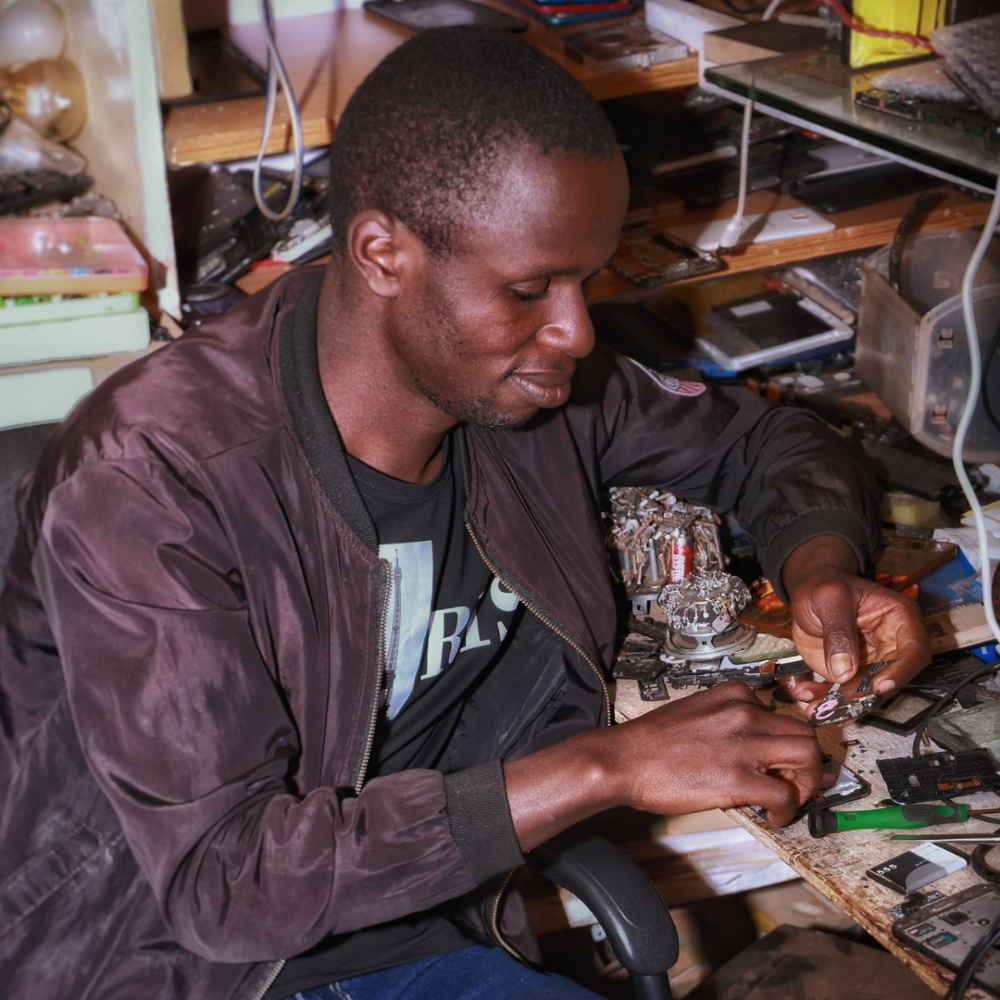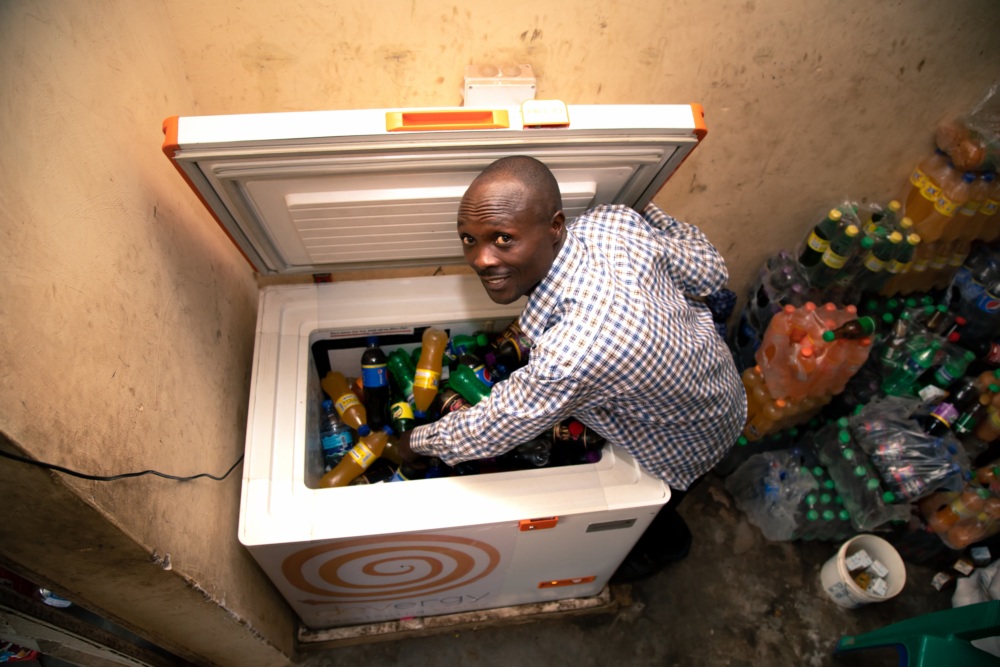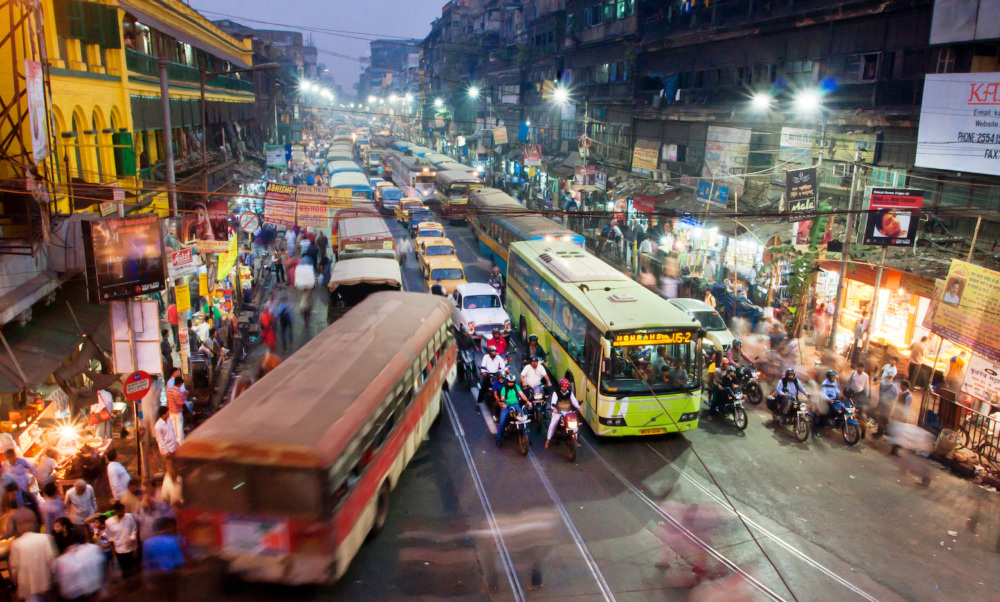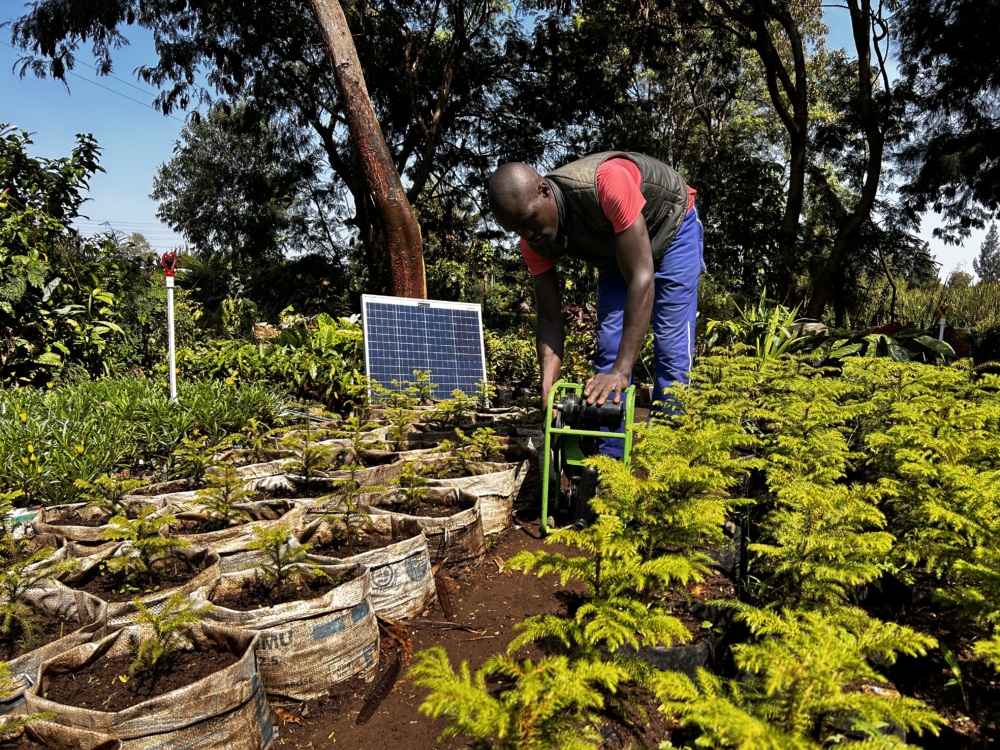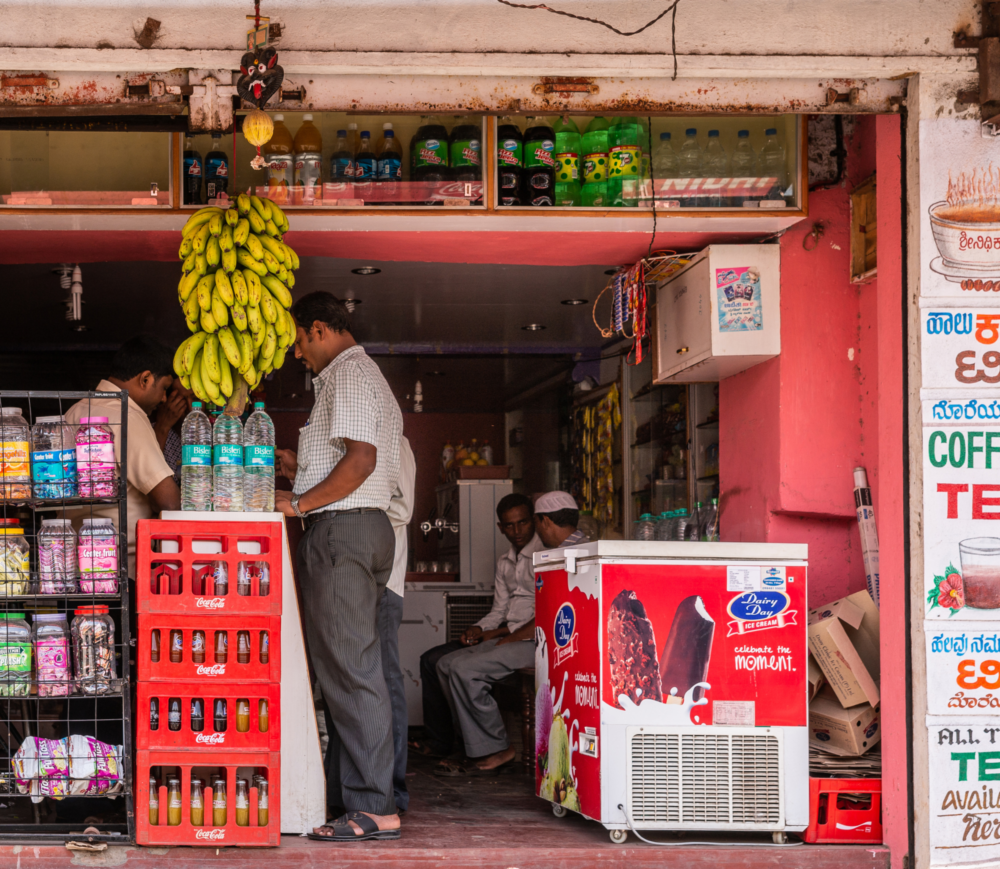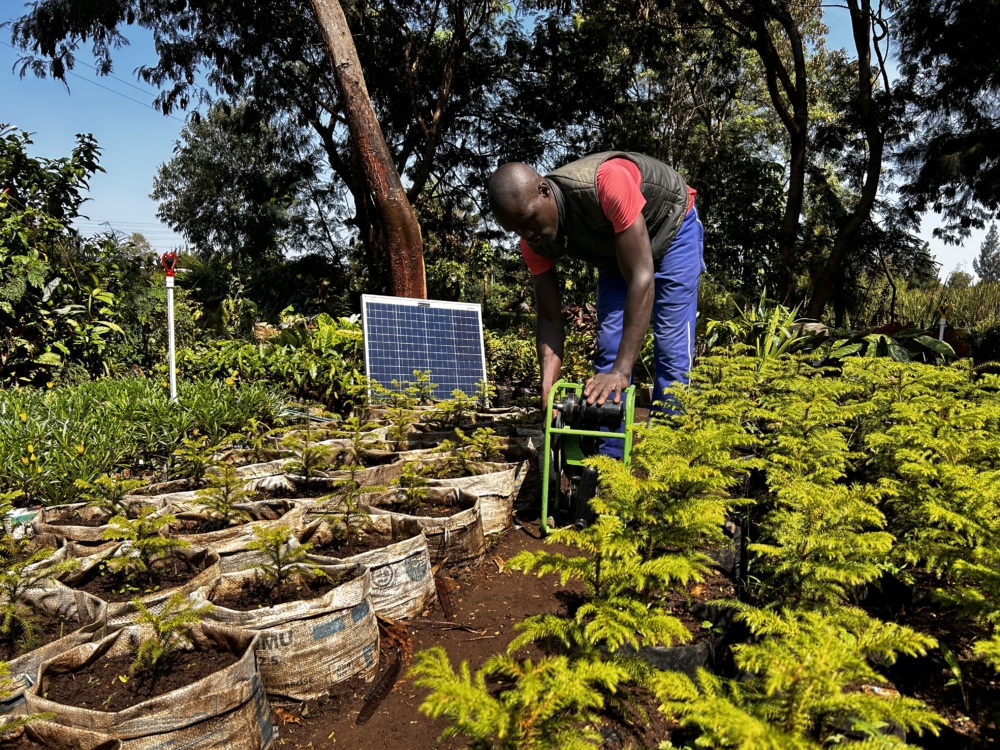The State of the Global Off-Grid Appliance Market
Summary
This report – sponsored by the Global Lighting and Energy Access Partnership (Global LEAP), a Clean Energy Ministerial initiative led by the U.S. Department of Energy – seeks to deepen our understanding of the current state of the burgeoning off-grid appliance market, explore key market trends and areas of future opportunity, and explore linkages and interdependencies with existing off-grid clean energy markets.
Global markets for clean energy technologies such as solar lanterns and solar home systems have grown phenomenally over the past few years, benefiting millions of un-electrified people globally. Yet, these markets have largely provided only basic electrification services so far—typically power to charge a mobile phone and one or two lights for four to six hours a day. This is consistent across solution types, whether it is solar portable lights, solar home systems, and even small-scale mini- and micro-grids. While the growth of markets delivering these basic services is a huge achievement and a critical first step in the energy access ladder, capturing the true socio-economic benefits of access to electricity will require provision of higher levels of energy services to off-grid consumers to improve livelihoods, health, and education.
A major challenge to delivering these life-transforming energy services is the fact that mainstream appliances, equipment and other end-use technologies consume too much power to be cost-effectively supported by available off-grid energy supply technologies. The good news is that just as LED-enabled off-grid solar lighting emerged a few years ago, a new class of energy-efficient appliances is becoming available. Smarter designs, technological spillovers from developed energy markets, and falling prices are enabling the emergence of new classes of energy-efficient appliances built with off-grid energy systems in mind. These super-efficient off-grid appliances, such as televisions, fans and refrigerators, consume a fraction of the power required by mainstream versions, reducing the overall costs of providing service. For example, Global LEAP-supported research shows that coupling solar home systems with super-efficient appliances, including a TV, fan, mobile charger, and LED lights, requires 75% less power and reduces overall costs by as much as 50%.
This report – sponsored by the Global Lighting and Energy Access Partnership (Global LEAP), a Clean Energy Ministerial initiative led by the U.S. Department of Energy – seeks to deepen our understanding of the current state of this burgeoning off-grid appliance market, explore key market trends and areas of future opportunity, and explore linkages and interdependencies with existing off-grid clean energy markets.
Download the The State of the Global Off-Grid Appliance Market 2017 report here.
About Efficiency for Access
Efficiency for Access is a global coalition working to promote renewable and energy efficient appliances to deliver clean energy to the world’s poorest people. It is coordinated jointly by CLASP and the UK’s Energy Saving Trust.

